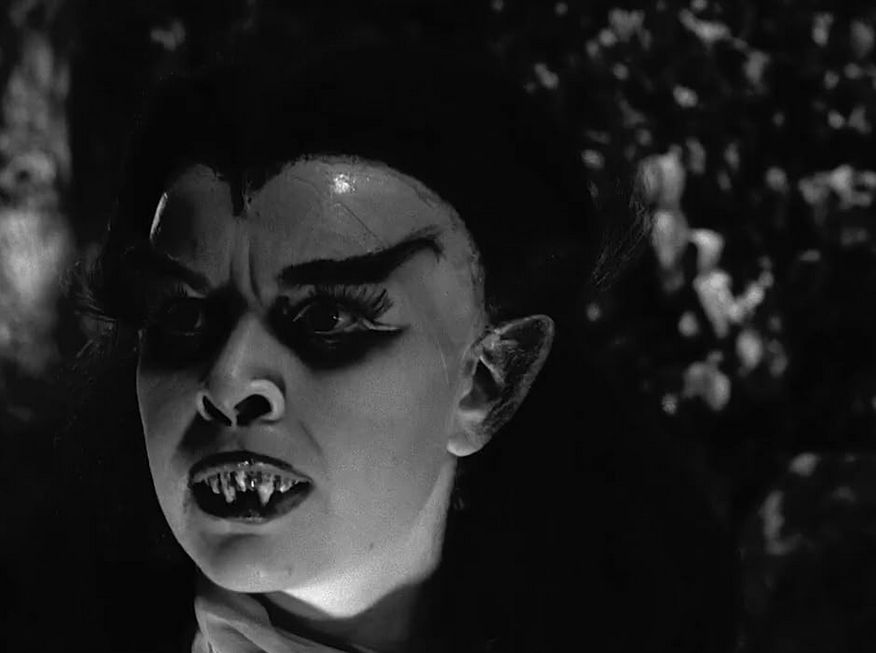A Cautionary Tale
“I can release a destructive power in a human being that would make the split atom seem like a blessing,” says the science teacher at an all-girl’s boarding school to her student lab assistant in the 1957 B-film Blood of Dracula.
The teacher’s name is Miss Branding—yes, Branding—and her threat, we soon learn, is aimed at men, who for centuries have sought to control women’s emotions, much the way the advertising industry has sought to manipulate their minds. Miss Branding employs an ancient amulet charged with magical forces to hypnotize a susceptible teenage girl into lashing out against these male oppressors by sucking the lifeblood right out of them. Soon, this predatory she-beast siren, under Branding’s spell, is branded by the police as “a Dracula.”
As the poster goes, “In her eyes … DESIRE! In her veins … the blood of a MONSTER!”
So was this film a cautionary parable about the diabolical power of advertising in the late ’50s? Or was it merely a coincidence that Miss Branding’s lines sound like a 21st-century brand strategist (albeit a bitter one)? We never really learn much more about Miss Branding or her motives, other than she is doomed by her own creation (or perhaps burned out, like so many in the ad and branding business). But we are left with the question: Do brands trigger desire? Or create monsters? (Or both?)
Before branding was Branding with a capital B, a brand was just a common term, and branding a conventional method of identifying things. Livestock was branded with a red-hot iron—it had to hurt, but who cared as long as the mark was emblazoned for all to see? Throughout history, people were likewise branded as slaves or criminals. Branding, therefore, had negative connotations, as in being branded a liar, cheat or thief. In Nazi Germany, Jews were branded by the yellow star. Elsewhere brands distinguished one people or gender from another. One was, however, never branded “a good person.”
Then there are products as brands. This practice starts in the late 19th century. Initially, there were trademarks, which evolved from medieval tradesmens’ marks, which derived from even earlier monarchial crests and seals. Fast forward: In the United States, increased interstate commerce gave way to national brands. In 1872 Black Jack chewing gum was one of the earliest. In 1886 Coca-Cola became one of the most prized. But local products and produce were also given the brand moniker, as in The Double A Brand, a California fruit grower, which references the Double A Ranch, which is agri-branding nomenclature.
Owing to greater communications and the revolutions in transportation, brands and branding proliferated during the early 20th century and advertising rose to promote them. In fact, branding was under the advertising, publicity and promotion umbrella. Trade magazines like Advertising Arts wrote about “friendly trade characters,” like Uncle Ben, Aunt Jemima and Cream of Wheat Man, that housewives metaphorically welcomed into their homes.
Brands became more than mere boxes and bags; they were human proxies—surrogates that offered a better life, as long as the consumer subscribed to the proscriptions of that life.
Enter Miss Branding. By 1957, brands ruled the consumer’s roost. American housewives (and single women) were consumed by brands. Advertisements hawking brands were almost as powerful as the split atom. Sure, they weren’t all bloodsuckers, but they were ubiquitously influential and hypnotic. They manipulated desire, while perpetuating the monster. And this was before branding was Branding (with a capital B).
The post The Daily Heller: Calling Miss Branding appeared first on PRINT Magazine.

